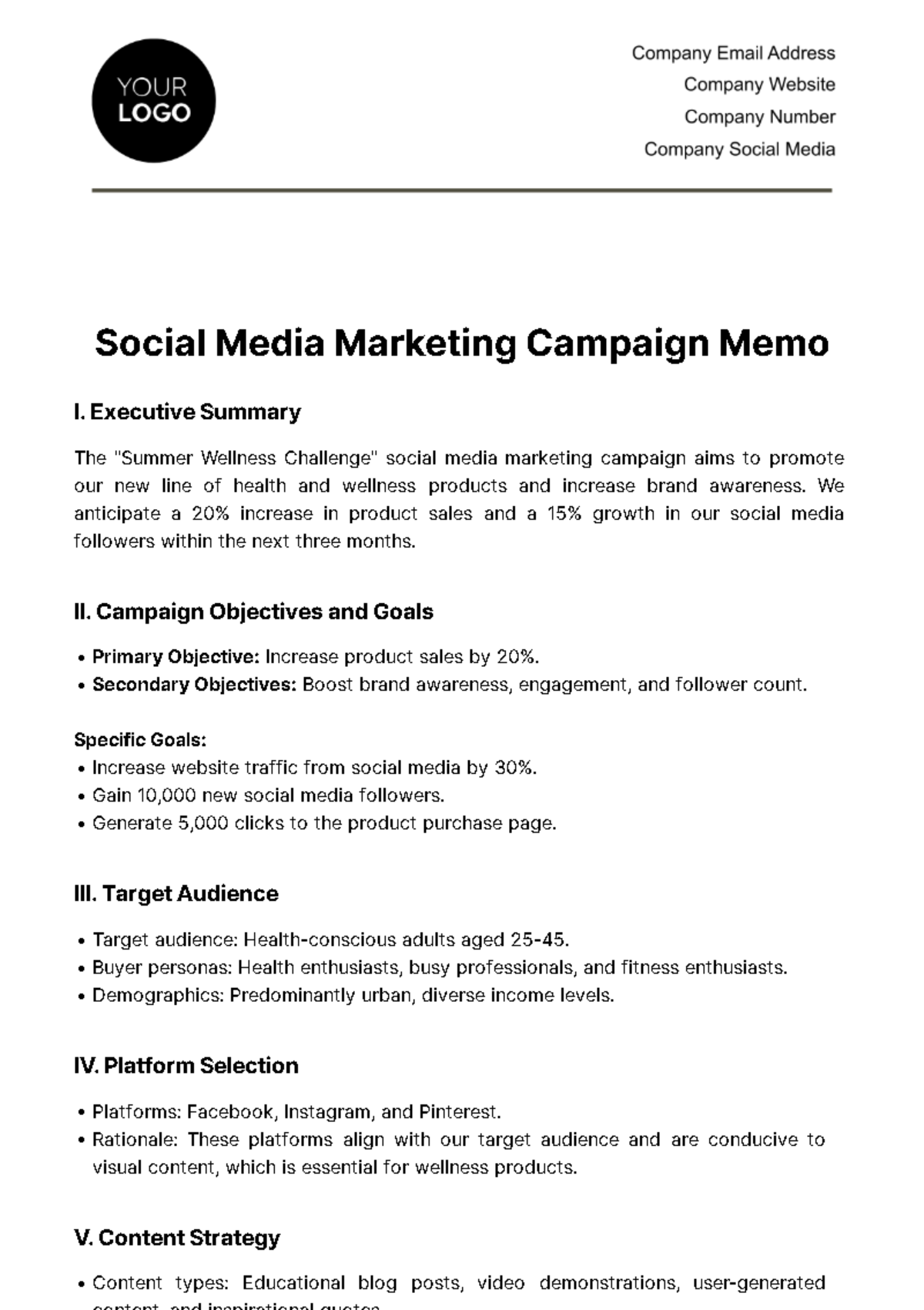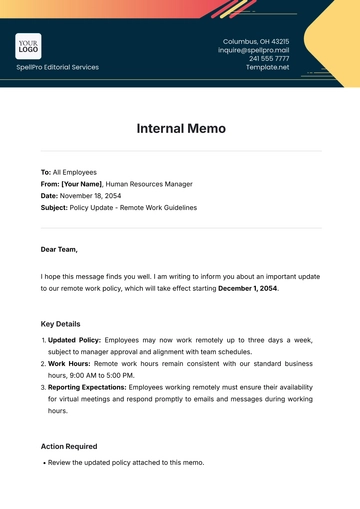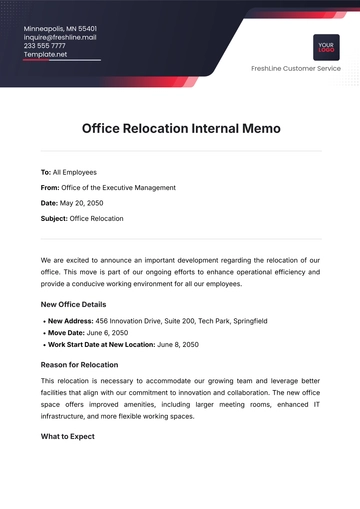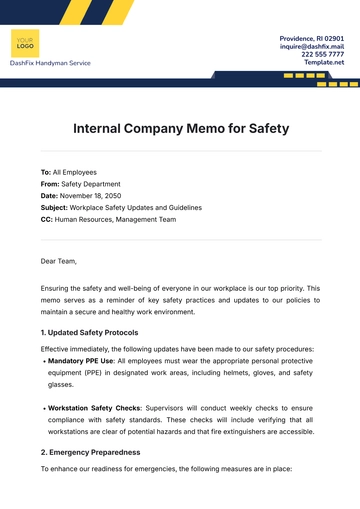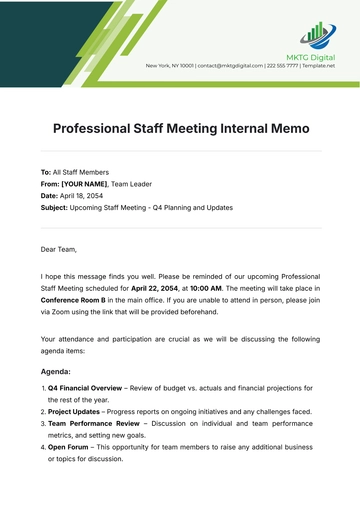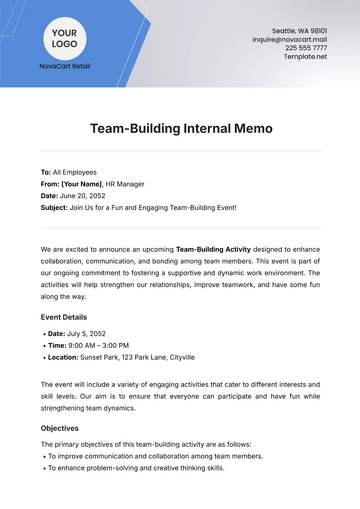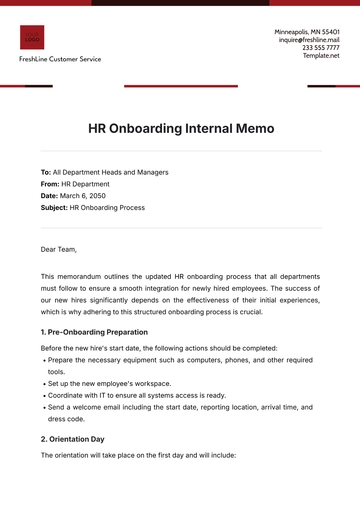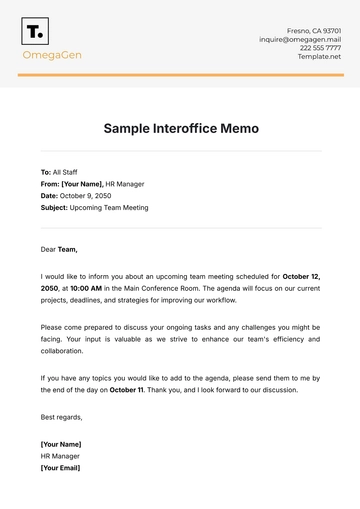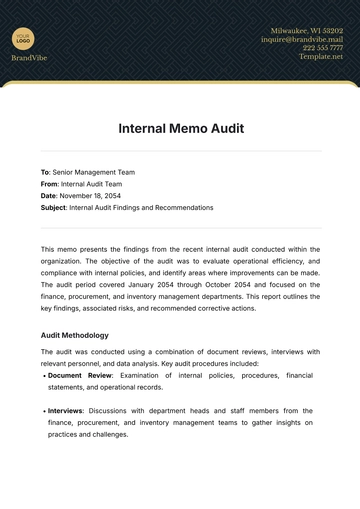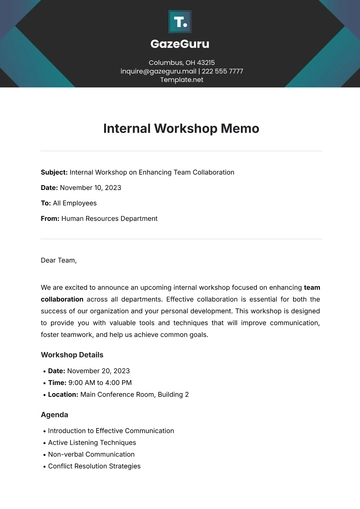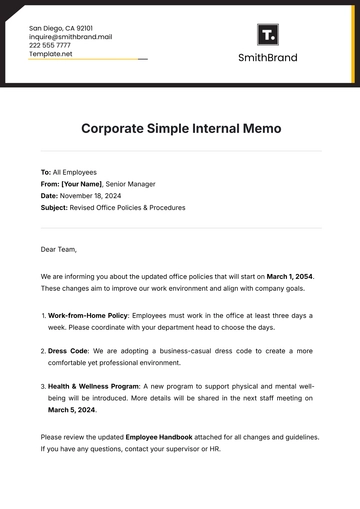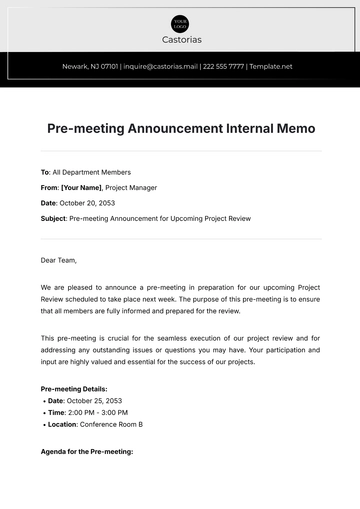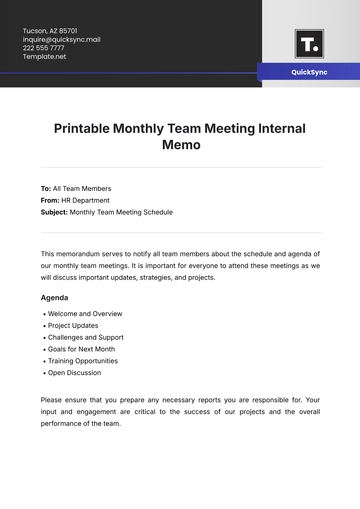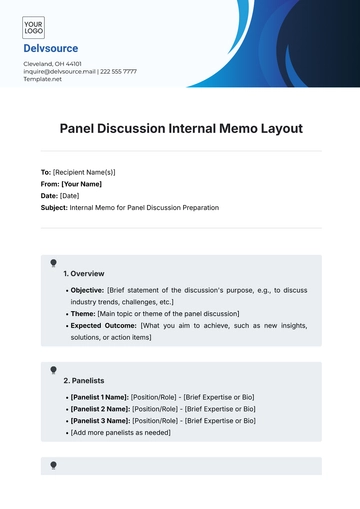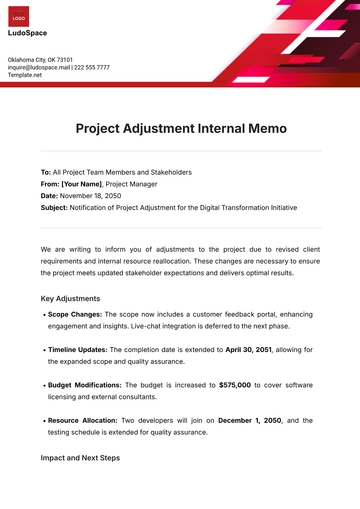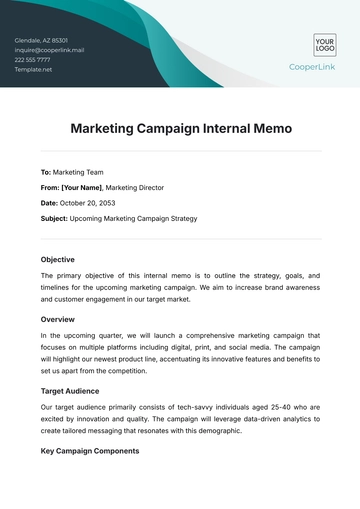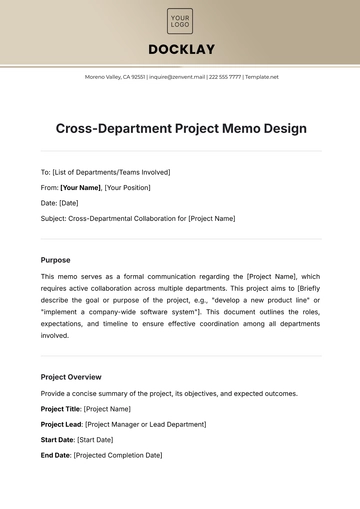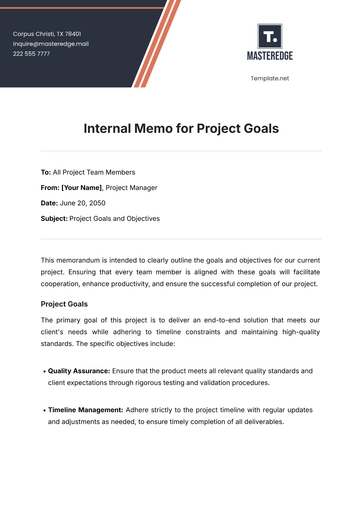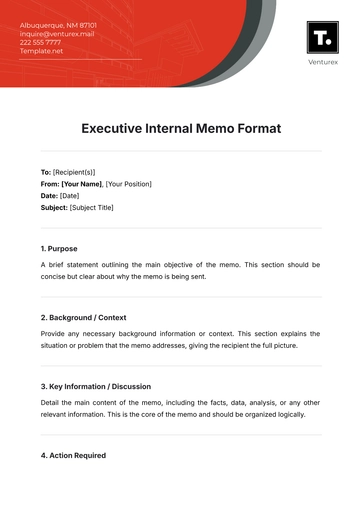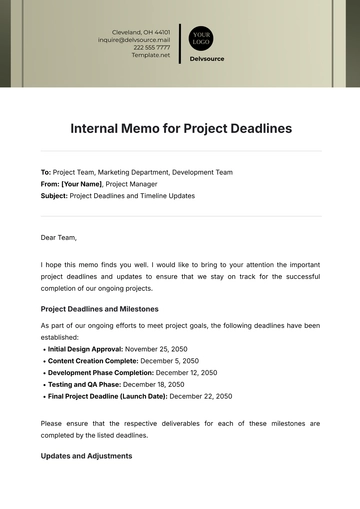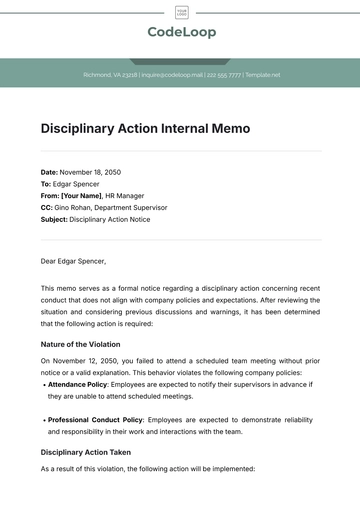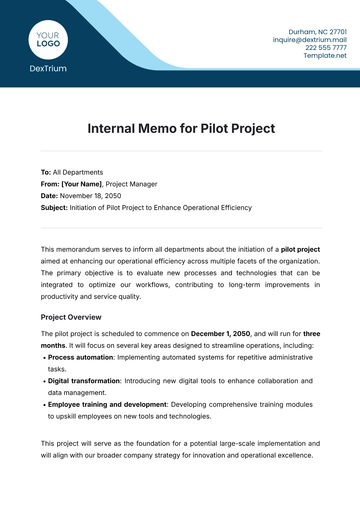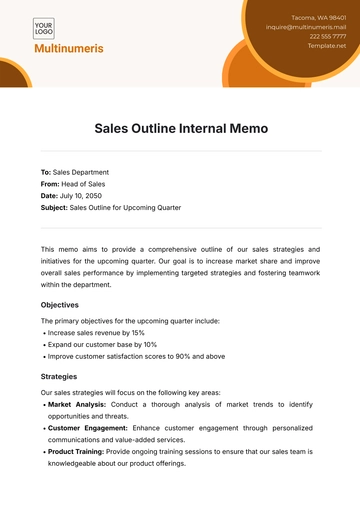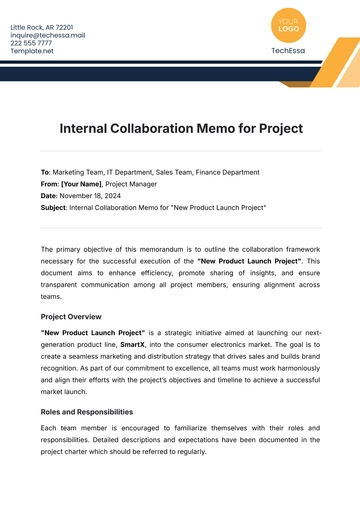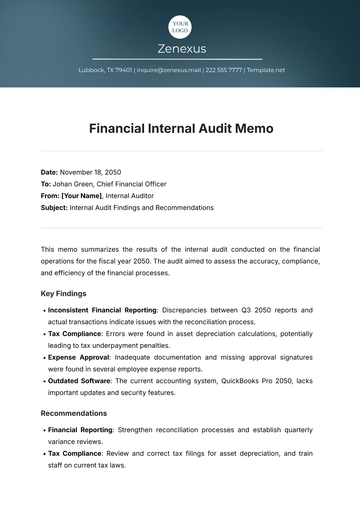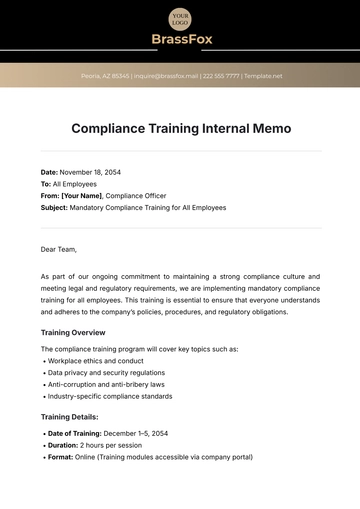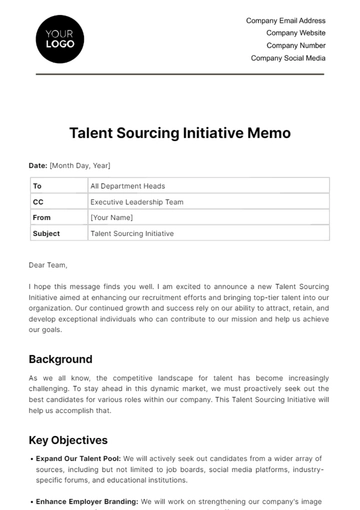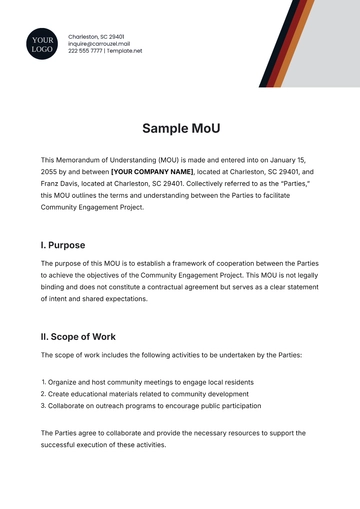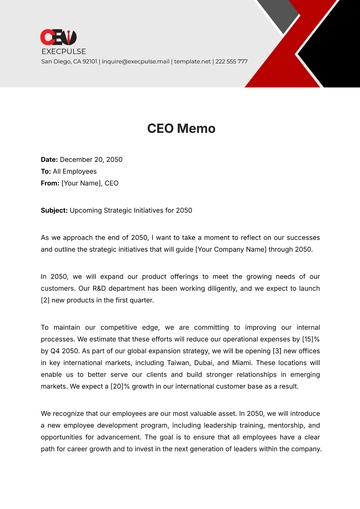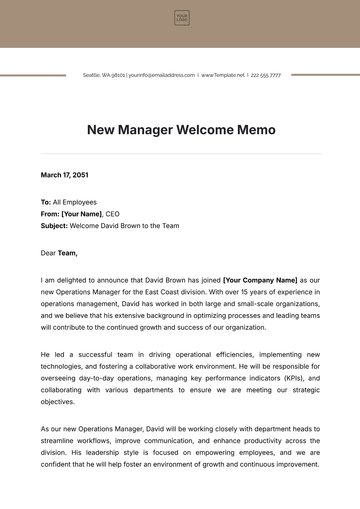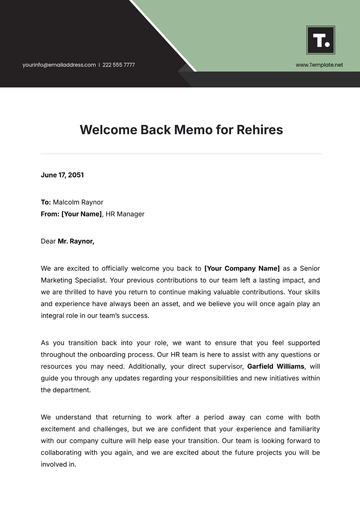Social Media Marketing Campaign Memo
I. Executive Summary
The "Summer Wellness Challenge" social media marketing campaign aims to promote our new line of health and wellness products and increase brand awareness. We anticipate a 20% increase in product sales and a 15% growth in our social media followers within the next three months.
II. Campaign Objectives and Goals
Primary Objective: Increase product sales by 20%.
Secondary Objectives: Boost brand awareness, engagement, and follower count.
Specific Goals:
Increase website traffic from social media by 30%.
Gain 10,000 new social media followers.
Generate 5,000 clicks to the product purchase page.
III. Target Audience
Target audience: Health-conscious adults aged 25-45.
Buyer personas: Health enthusiasts, busy professionals, and fitness enthusiasts.
Demographics: Predominantly urban, diverse income levels.
IV. Platform Selection
Platforms: Facebook, Instagram, and Pinterest.
Rationale: These platforms align with our target audience and are conducive to visual content, which is essential for wellness products.
V. Content Strategy
Content types: Educational blog posts, video demonstrations, user-generated content, and inspirational quotes.
Messaging: Encouraging a healthy lifestyle and showcasing the benefits of our products.
VI. Content Calendar
Detailed posting schedule:
Social Media Platform | Post/Pin Frequency |
Facebook | 3 posts per week |
Instagram | 5 posts per week |
Pinterest | 2 pins per day |
VII. Paid Advertising Strategy
Budget: $10,000 allocated for Facebook and Instagram ads.
Target audience: Custom audience of past website visitors and lookalike audience.
Ad formats: Image and video ads.
Schedule: Ads run from June 1 to August 31.
VIII. Influencer Partnerships (if applicable)
Strategy: Collaborate with two fitness influencers.
Selection criteria: Relevance to our brand, a strong social media following, and engagement rates.
Compensation: $2,000 per influencer for a two-month partnership.
IX. Engagement and Interaction Plan
Response times: Within 24 hours for comments and messages.
Community management: Monitor and engage with user-generated content.
Engagement tactics: Contests, quizzes, and user testimonials.
X. KPIs and Metrics
KPIs: Website traffic, follower growth, clicks to the product page, and conversion rate.
Metrics: Google Analytics, social media insights, and conversion tracking.
XI. Budget and Resources
Budget allocation: $20,000 in total for content creation, paid advertising, and influencer partnerships.
Resources: Social media management tools, graphic design software, and a content creation team.
XII. Risk Analysis and Mitigation
Risks: Negative user comments, negative influencer behavior, and ad performance.
Mitigation: Moderation guidelines, influencer contract terms, and regular ad performance monitoring.
XIII. Legal and Compliance Considerations
XIV. Timeline and Milestones
Date | Milestone |
June 1, 2055 | Campaign launch |
June 15, 2055 | Mid-campaign review |
August 31, 2055 | Campaign conclusion |
XV. Reporting and Analysis
Weekly performance reports and a comprehensive analysis at the end of the campaign.
Metrics: Engagement rates, conversion rates, and ROI.
XVI. Contingency Plans
XVII. Team Responsibilities
Social media manager, content creator, influencer manager, legal compliance officer, and analytics expert.
XVIII. Approval Process
XIX. Post-Campaign Analysis
Sincerely,
Quinn Rivas
Marketing Manager
Marketing Templates @ Template.net
